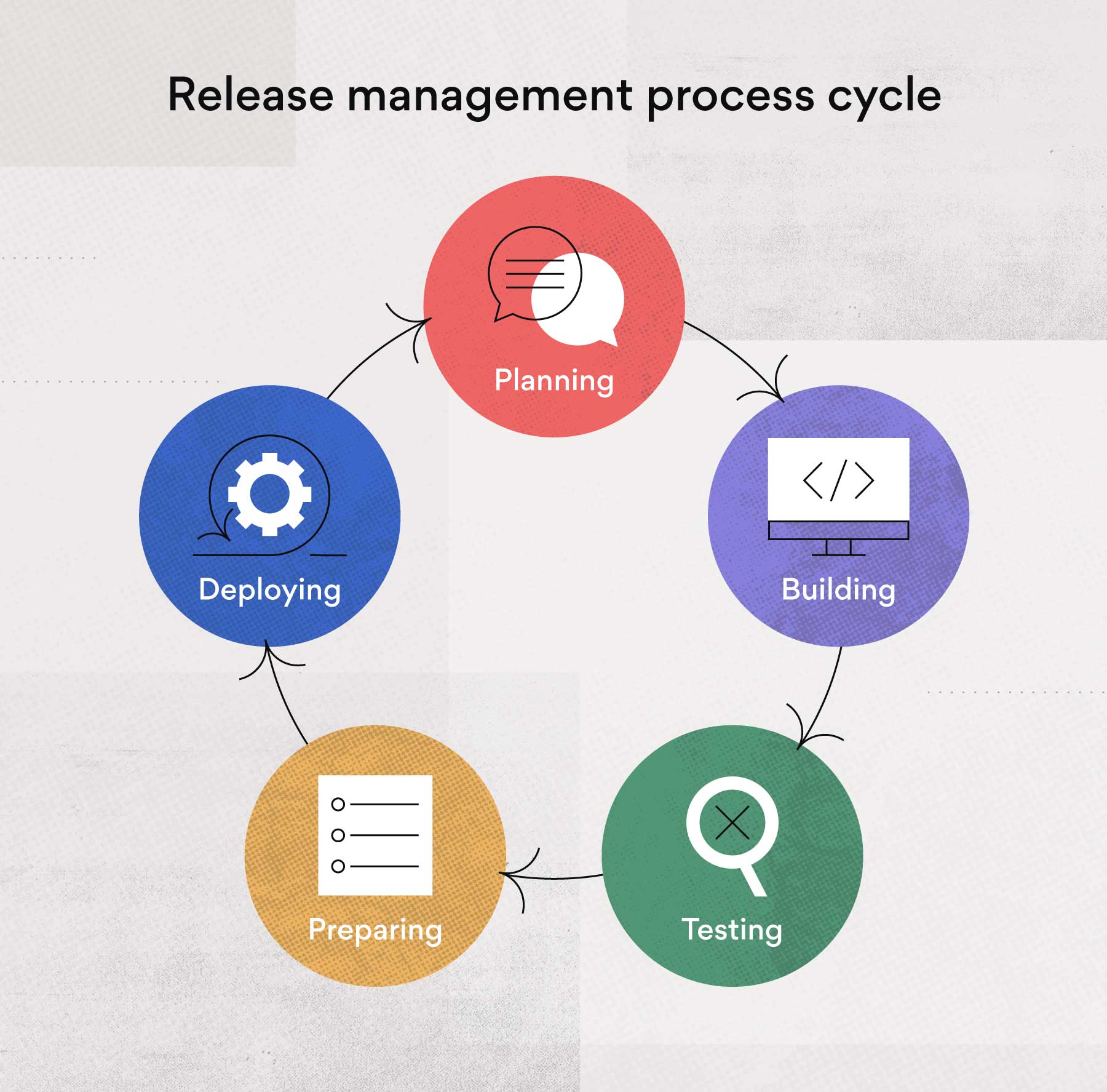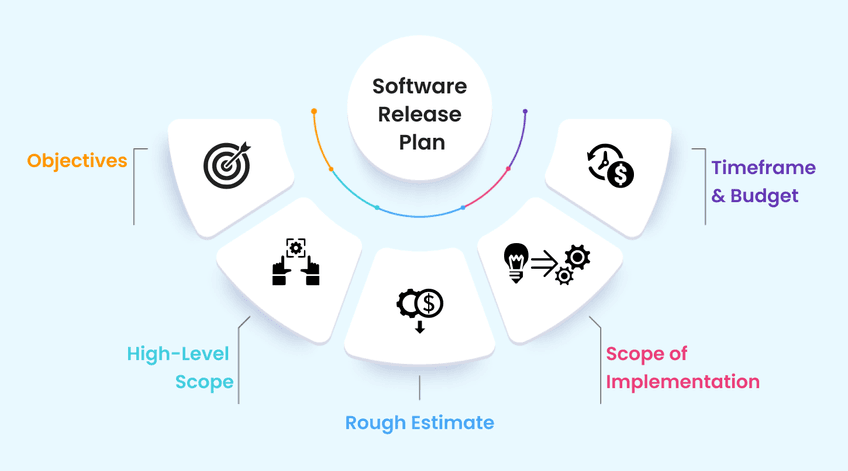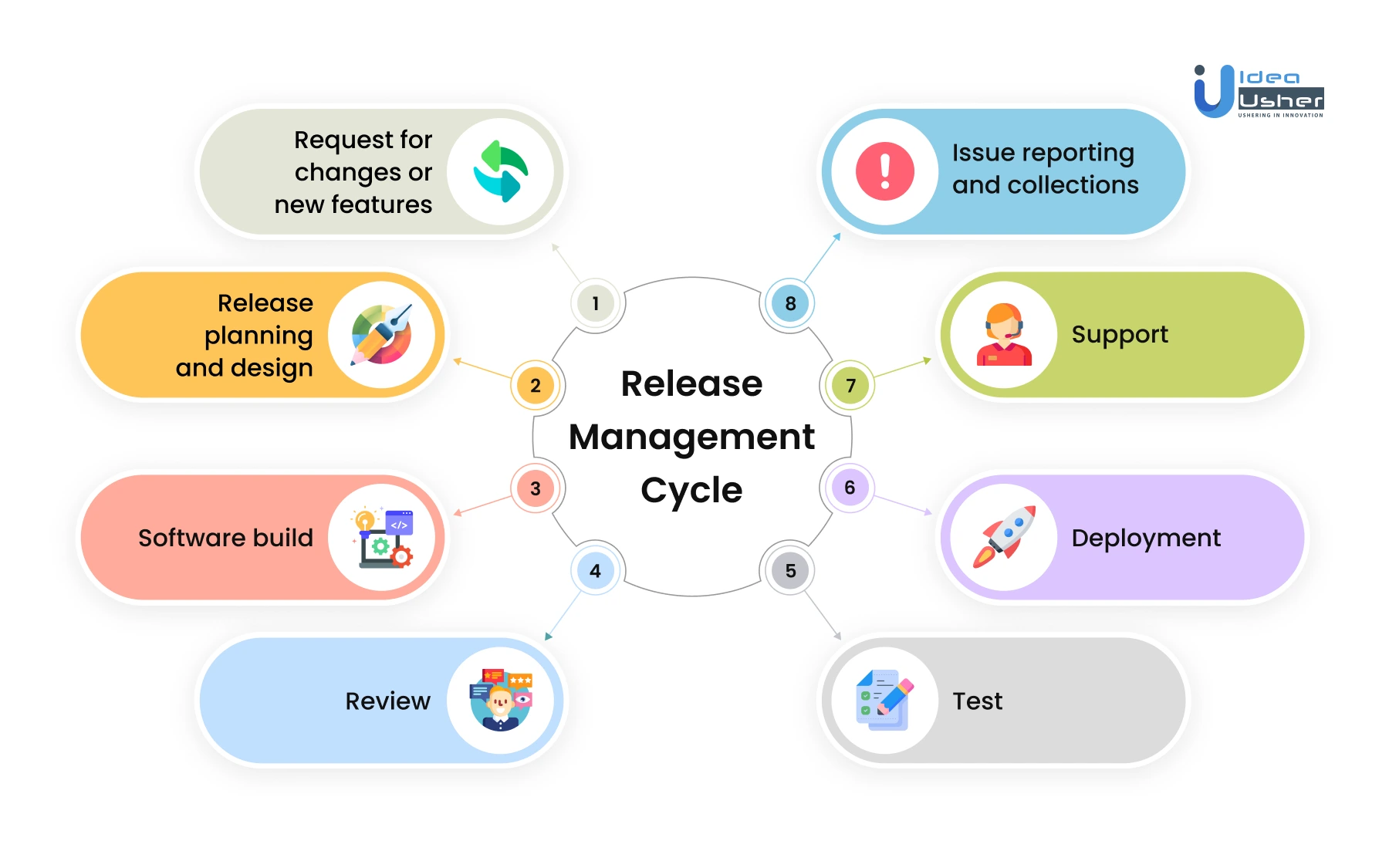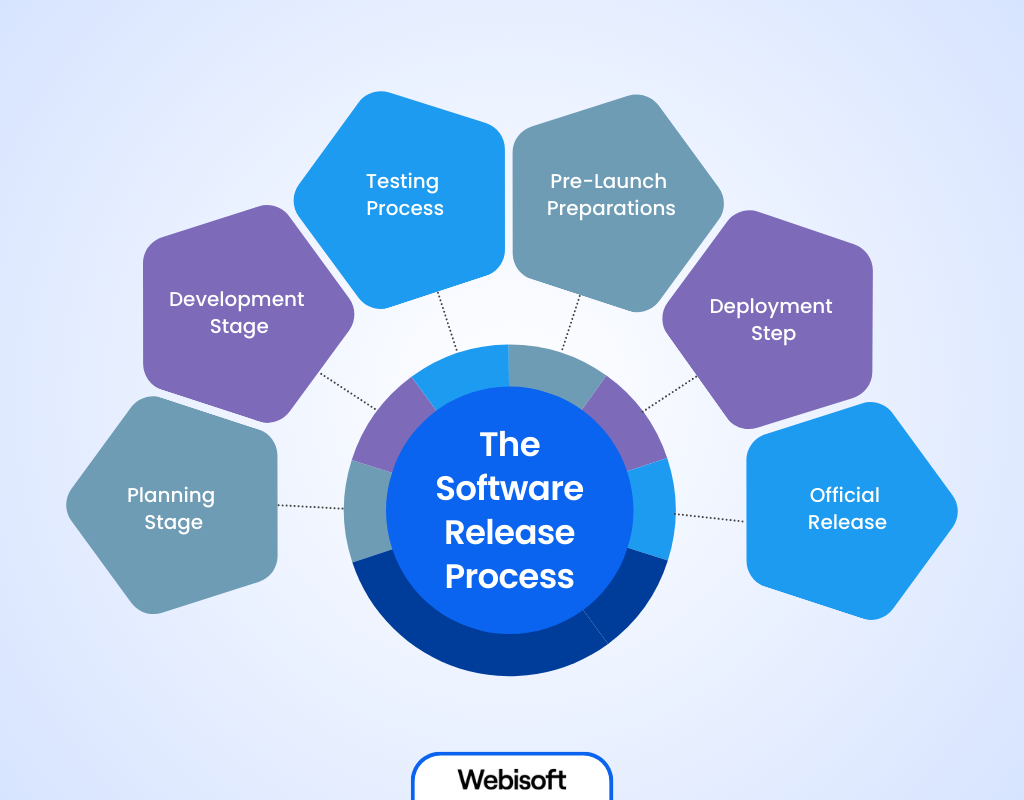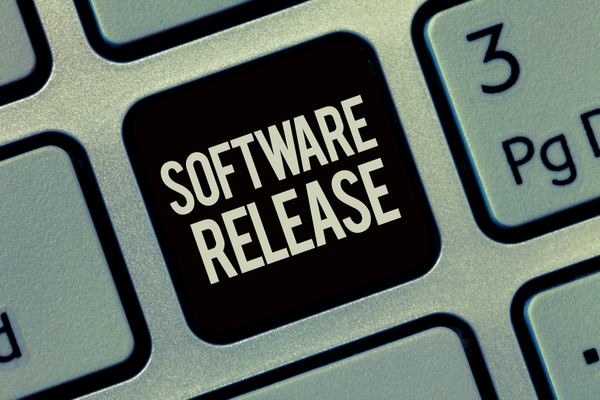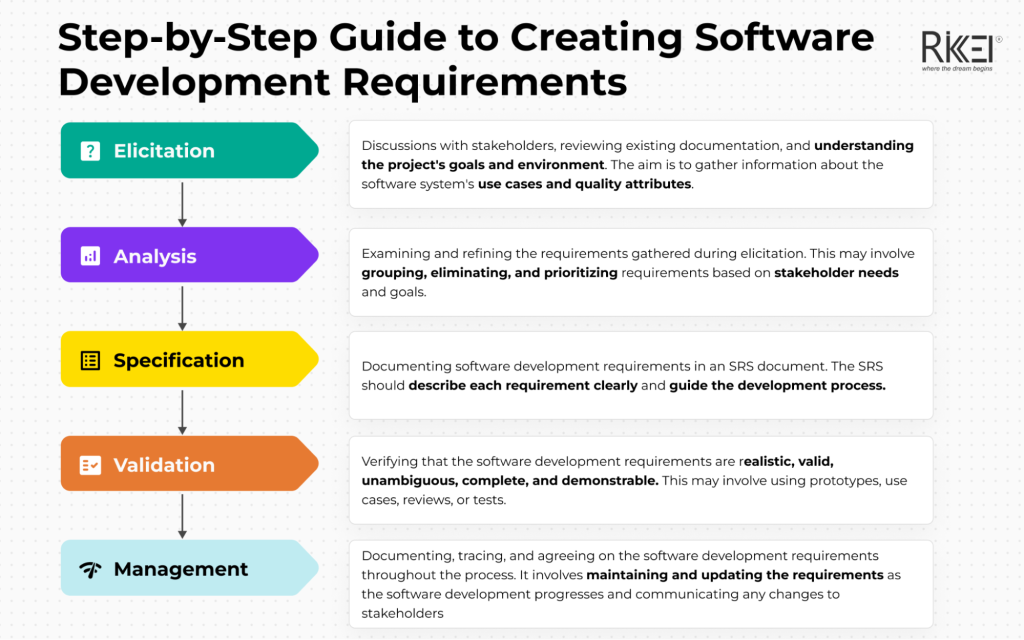A Company Releasing New Software Is Constructing
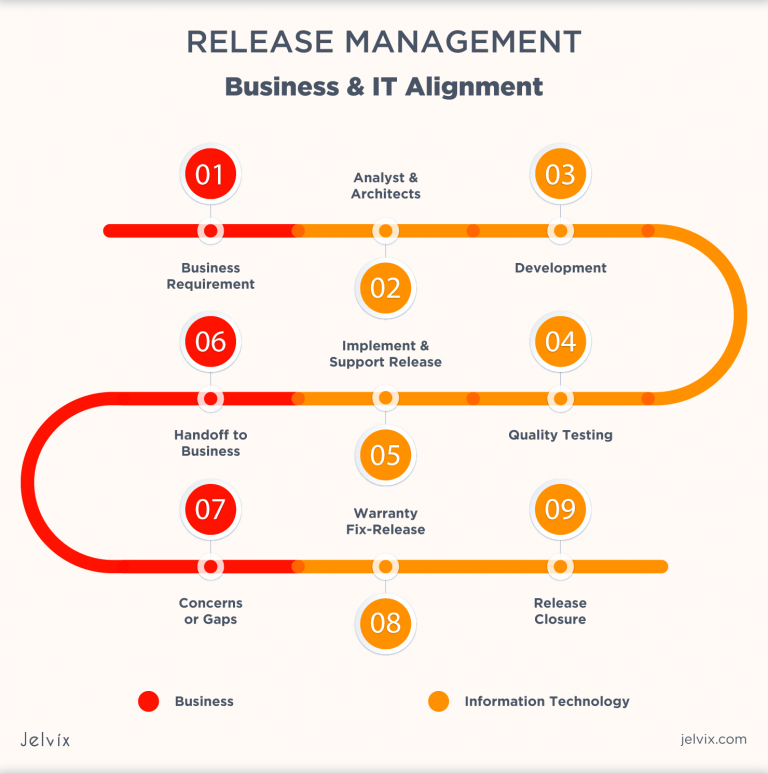
The architectural software landscape is poised for a significant shift as StrukturaTech prepares to launch its groundbreaking new platform, 'Aetheria'. Industry analysts predict Aetheria's innovative approach to Building Information Modeling (BIM) and collaborative design could redefine workflows for architects, engineers, and construction professionals.
The unveiling comes amidst growing concerns about efficiency and sustainability within the construction sector, placing heightened expectations on technologies promising streamlined processes and reduced environmental impact.
StrukturaTech's Aetheria, set for release in Q4 2024, is not just another software update. It represents a fundamental rethinking of how buildings are designed, constructed, and managed, according to CEO Anya Sharma. This "nut graf" will delve into the specifics of Aetheria's capabilities, the challenges it aims to address, and the potential impact on the architectural and construction industries, drawing upon official statements, expert analysis, and comparative market data.
Aetheria: A Deep Dive into Functionality
Aetheria differentiates itself through its cloud-native architecture, promising seamless collaboration across geographical boundaries. This addresses a major pain point for global construction projects, where disparate teams often struggle with data synchronization and communication.
According to StrukturaTech's white paper, Aetheria utilizes a proprietary algorithm that allows for real-time clash detection and resolution. This feature significantly reduces costly errors during the construction phase, a benefit consistently highlighted in their promotional materials.
Furthermore, Aetheria incorporates advanced AI-powered tools for generative design, enabling architects to explore a wider range of design options more efficiently. This allows for optimal solutions that balance aesthetic appeal with structural integrity and energy efficiency.
Sustainability at the Core
Aetheria also integrates lifecycle assessment (LCA) tools directly into the design process. This allows architects to evaluate the environmental impact of different material choices and design decisions, promoting sustainable building practices.
Dr. Ben Carter, a leading researcher in sustainable architecture at the University of California, Berkeley, notes that "the integration of LCA tools is a crucial step towards decarbonizing the built environment." He further stated in a recent interview, "Aetheria's approach could significantly accelerate the adoption of sustainable design principles."
StrukturaTech claims Aetheria can reduce a building's carbon footprint by up to 20% over its lifecycle. While this claim remains to be independently verified, the potential benefits are undeniable.
Industry Reactions and Potential Challenges
The initial response to Aetheria has been largely positive, with many industry professionals expressing excitement about its potential. However, some have raised concerns about its cost and complexity.
Sarah Chen, principal architect at Chen & Associates, stated that "while Aetheria looks promising, the subscription model could be a barrier for smaller firms." She adds that the steep learning curve may also present challenges for established professionals accustomed to traditional BIM software.
Furthermore, the reliance on cloud infrastructure raises concerns about data security and privacy. StrukturaTech assures users that Aetheria employs robust encryption and security protocols to protect sensitive data. However, the risk of cyberattacks remains a constant concern in the digital age.
Compatibility and Integration
Another potential hurdle is Aetheria's compatibility with existing software and workflows. The success of Aetheria depends on its ability to seamlessly integrate with other industry-standard tools.
StrukturaTech has announced partnerships with several key software vendors to ensure interoperability. But the actual integration process in the field may present unforeseen challenges, as noted by several beta testers in online forums dedicated to architectural technology.
Comparative Market Analysis
Aetheria enters a competitive market dominated by established players like Autodesk and Bentley Systems. These companies have a long history and a large user base.
Data from a recent report by MarketWatch indicates that Autodesk currently holds the largest share of the BIM software market, followed by Bentley Systems. Aetheria aims to disrupt this established order by offering a more modern and user-friendly platform.
Analysts suggest Aetheria's success will depend on its ability to attract new users and convert existing customers from rival platforms. Its innovative features and focus on sustainability could give it a competitive edge.
Looking Ahead: The Future of Architectural Software
The launch of Aetheria signals a broader trend towards cloud-based, AI-powered architectural software. The industry is rapidly evolving, driven by the need for greater efficiency, collaboration, and sustainability.
StrukturaTech's Aetheria, regardless of its immediate market impact, is likely to influence the development of future architectural software. The company's commitment to innovation and its focus on addressing critical industry challenges position it as a key player in the evolving landscape.
Ultimately, the success of Aetheria will depend on its ability to deliver on its promises and meet the evolving needs of architects, engineers, and construction professionals. The coming months will be crucial in determining whether Aetheria can truly revolutionize the way buildings are designed and built.


